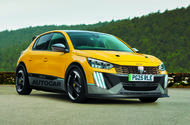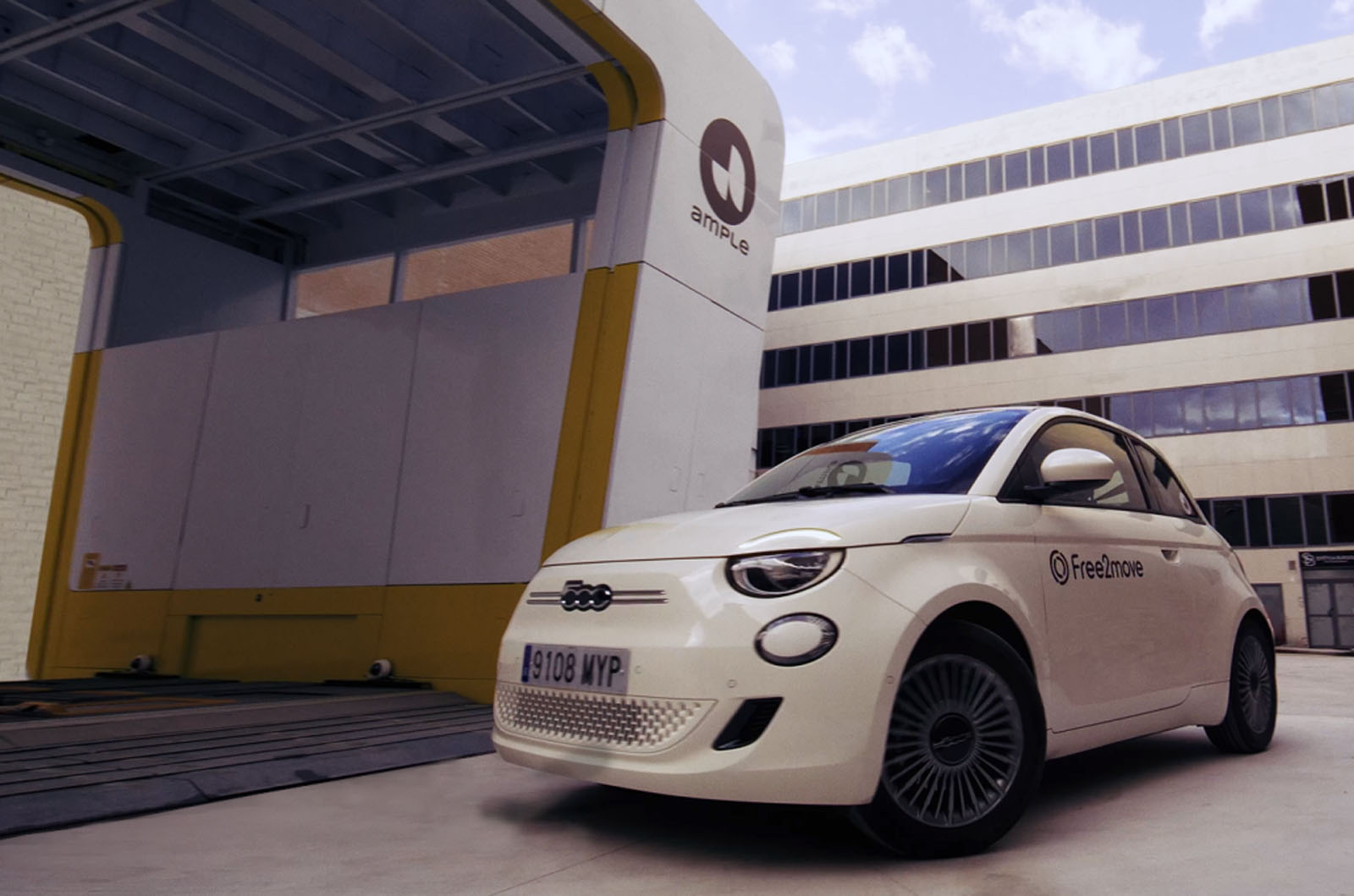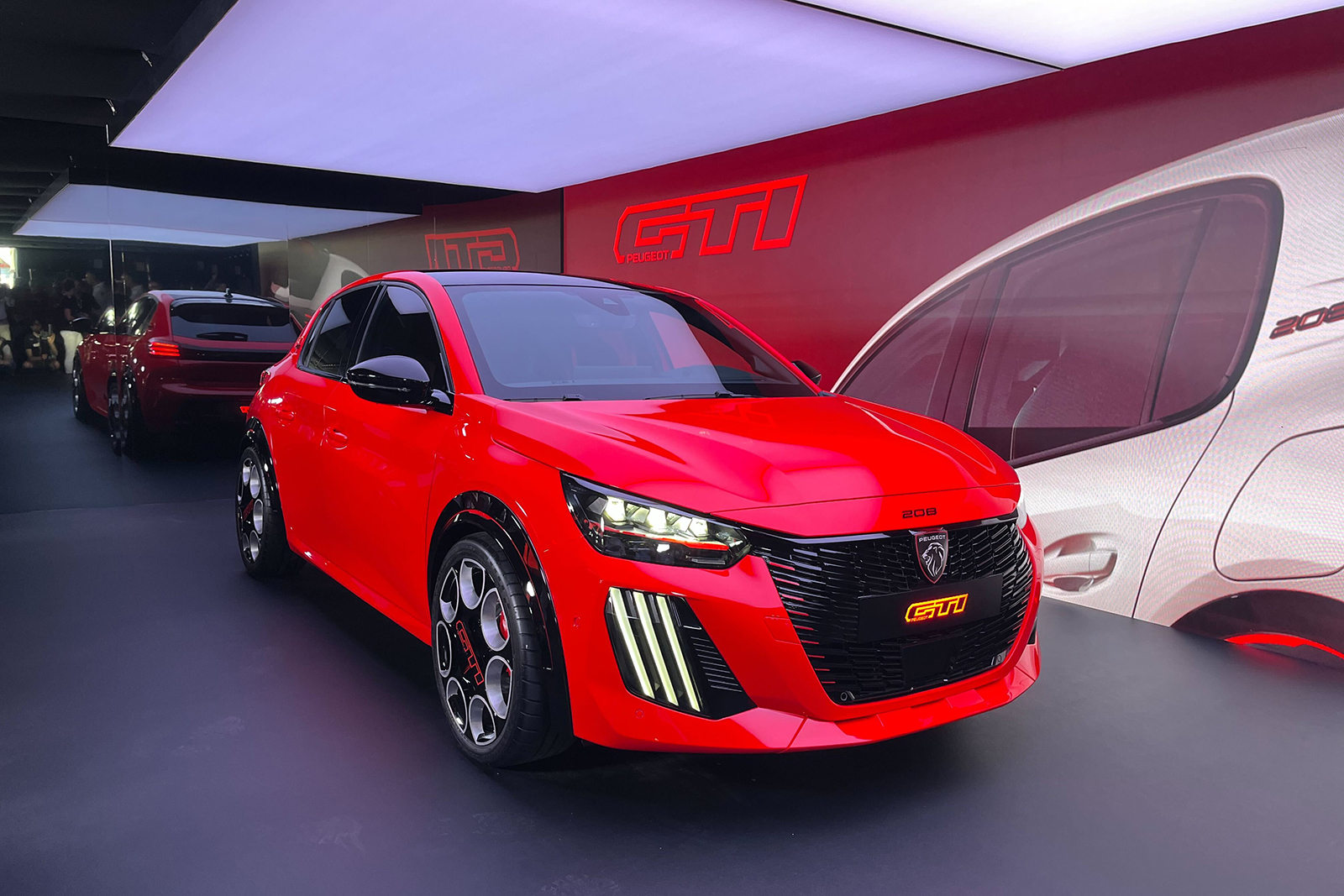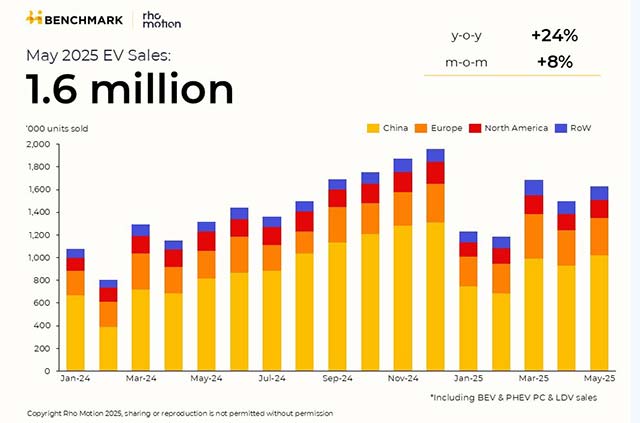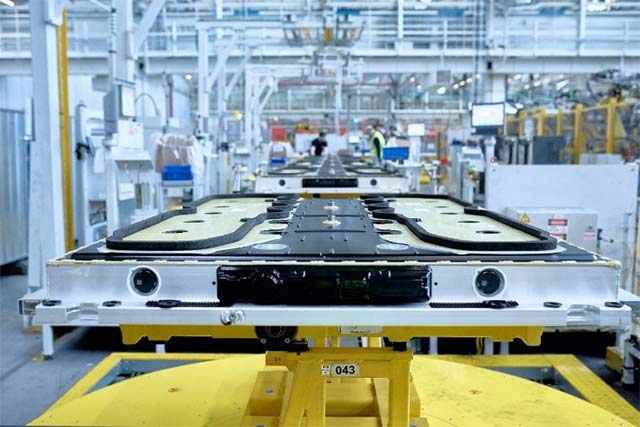Stellantis Chairman Suggests Western Markets Embrace The Kei Car
On Thursday, Stellantis Chairman John Elkann called for Europe to build small, affordable automobiles akin to Japanese Kei cars. He also suggested that these vehicles should be subject to different regulatory requirements, with a focus on lowering costs.


On Thursday, Stellantis Chairman John Elkann called for Europe to build small, affordable automobiles akin to Japanese Kei cars. He also suggested that these vehicles should be subject to different regulatory requirements, with a focus on lowering costs.
Kei cars are extremely small passenger vehicles adhering to strict government requirements on the Japanese domestic market. Rules pertain to limitations on engine displacement and overall size, with the small models likewise not having to adhere to the same safety standards as their larger counterparts. They are likewise exempted from certain taxes and yield lower insurance costs.
The closest approximation to the Kei car in Europe are probably A-Segment vehicles (e.g. Volkswagen Up, Fiat Panda, Fiat 500) that serve almost exclusively as city cars. During an Automotive News summit held in Italy, Elkann suggested that Europe could have an “e-car” that filled a similar niche.
"There's no reason why if Japan has a Kei car, which is 40 [percent] of the [Japanese] market, Europe should not have an e car," he explained.

Elkann stressed that price had become a serious problem within the industry and used the availability and noted that Europe has roughly 50 models starting with MSRPs below 15,000 euros (about $17,300 USD) in 2019. Today, the only model that qualifies is the exceptionally basic Dacia Sandero (above) — and even it has trouble meeting that 15,000-euro threshold in certain countries.
Elkann said this was a major problem and blamed it on the regulatory situation in Europe.
"If you actually look at the (cars') cost increase ... that has primarily been driven by regulation," he explained.
“If you actually look at our engineers, more than 25 [percent] just work on compliance. So no value added."
While there is a lot of truth in those statements, it’s important to remember that automakers are highly influential in terms of setting policy and they’re the ones that ultimately price vehicles. They’re also the entities that started implementing camera systems, automation, and technological nannies before the European government began demanding they become required equipment.

We’ve seen this in the United States as well, albeit to a slightly lesser extent. More standard tech has indeed driven up MSRPs. But the biggest culprit was automakers lopping off vehicle segments at the bottom of the market in the 2010s — something done both to circumvent emissions regulations and successfully improve profit margins.
For those unfamiliar, John Elkann is the heir of a famous Italian-Jewish industrialist family that controls several major automakers and media outlets. The American-born Elkann presently serves as the chairman of both Stellantis and Ferrari. He also is the CEO of Exor, the holding company that runs his family’s automotive, healthcare, tech, media, heavy machinery, and sports dynasties.
He’s about as influential as it gets in terms of the automotive industry. So when he suggests something like this, there’s a decent chance everyone will listen. But it’s unclear whether he is asking for European automakers to come together and build ultra-small efficiency vehicles en masse or just assumes the Stellantis brands will be testing his theory — presumably with Fiat leading the charge.

While it has become glaringly obvious that Western markets are in desperate need of affordable vehicles. The kinds of models Elkann (pictured above) is describing have had limited appeal in recent decades. A-Segment vehicles only comprise about 4 percent of the European market, whereas Kei cars comprise about 40 percent of the Japanese market.
That would seem to suggest that there’s a pretty firm limit on how small the average European household is willing to go. But there are likewise periods where customers will take just about anything, provided it’s affordable and functions as advertised.
Alright, it’s time for a quick automotive history lesson. Prior to the Great Depression, a large percentage of manufacturers were attempting to move upmarket and become luxury brands. While this worked well enough for a time, many brands did not survive the economic downturn.
New vehicle sales plummeted throughout the 1930s and only the largest manufacturers that still produced affordable cars (e.g. Ford Model A) managed to hold on. Smaller brands and companies that focused on luxury models failed to pivot back to affordable vehicles and found themselves closing shop or being absorbed by larger entities.

While World War II temporarily stalled automotive production so factories could supply the various armies, basic pre-war cars that were already popular would find themselves back on the menu once the fighting was done. In Europe, these were followed by models like the Volkswagen Beetle and Citroën 2CV. These were small, no-frills economy cars designed during wartime and built during the reconstruction phase.
Having come out of the war in much better condition than Europe, the United States would begin pivoting back toward large, luxurious vehicles. But this would come to a head several decades later. Government regulations designed to curtail emissions would neuter the V8 engine and quickly make large automobiles less appetizing. The matter was made worse by an economic recession, starting in 1973, that ultimately paved the way for an influx of economy cars.
We’ve been down this road many times before. A combination of overzealous regulations, prolonged economic strife, and poor business practices results in a stagnating market. Then, automakers respond by delivering small efficiency vehicles. But things may be a little different this time around.
Rather than simply growing in size, modern cars have ballooned in complexity. Powertrains are smaller, higher stressed, more tightly packaged. ECUs are now more numerous and entirely integrated together via miles of copper wire and CAN bus systems. This has not only resulted in a higher point of entry, but increasingly troublesome repairs and a higher ownership costs over time. Elkann is presumably correct in suggesting that government regulators are making a bad issue significantly worse.
However, automakers aren’t just profiting off material sales anymore. They’ve also attempted to become data brokers — encouraging them to want more invasive tech inclusions, too.

Stellantis’ Elkann and Renault CEO Luca de Meo have both asked the European Union to ease regulators for smaller cars in recent weeks. Instead, they’ve suggested introducing different rules for models depending upon their size. But we’ve seen this backfire in the United States by encouraging brands to prioritize larger vehicles that are now priced to a point that it’s negatively impacting sales.
A better solution would perhaps be to simply scale back regulations across the board. The trouble with this is that many of the larger automakers know that stringent regulations (while troublesome to adhere to) help stifle new competition from entering the market. Regulators likewise do not want to nullify their own influence by walking back requirements, as it helps to rationalize their existence.
There is a sense that both the industry and government has painted the market into a fairly bleak corner and is now grasping at straws. Realistically speaking, manufacturers could have always driven down prices (without shrinking car sizes) by simplifying designs and putting more time between new product launches. But that’s difficult when emissions and safety regulations force constant updates.
Meanwhile, the competitive nature of the market encourages automakers to spend billions on the development of every new model and powertrain in an attempt to outdo each other. Sure, something like the Honda Civic would be significantly cheaper today if the company had stopped updating it after 2001. But that doesn’t mean it would have maintained the kind of sales figures for it to have stuck around indefinitely. Still, a dead-simple, ultra-reliable and easily repairable vehicle like that feels like exactly what the both the European and North American markets desperately need right now.

[Images: WorldPhotosadanijs/Shutterstock; Renault Group; Stellantis; Michael Potts F1/Shutterstock; Volvo Cars; Avril Morgan/Shutterstock]
Become a TTAC insider. Get the latest news, features, TTAC takes, and everything else that gets to the truth about cars first by subscribing to our newsletter.












